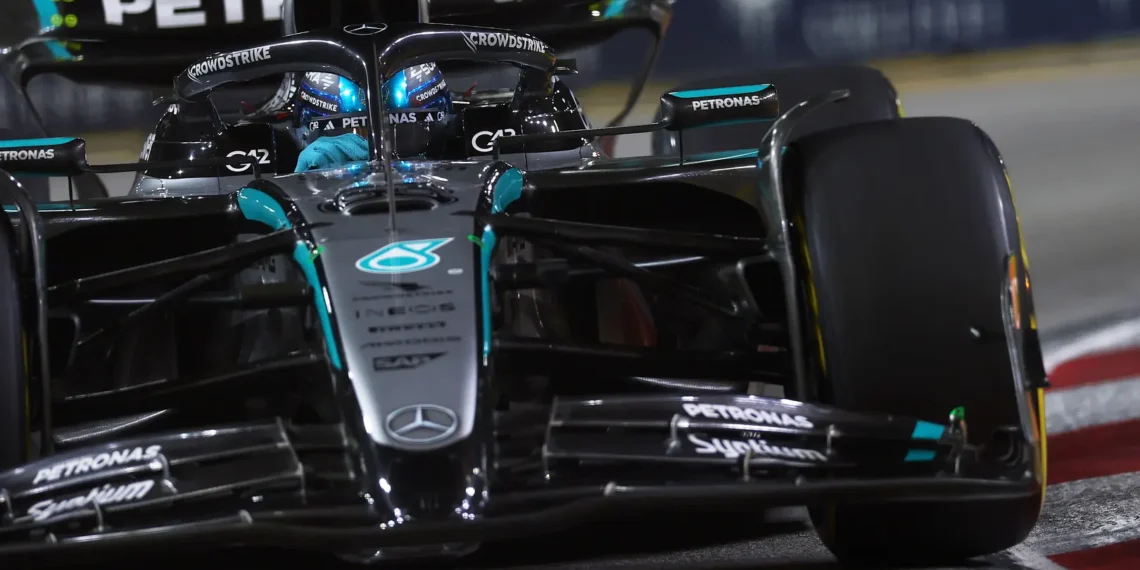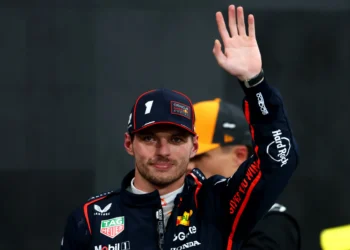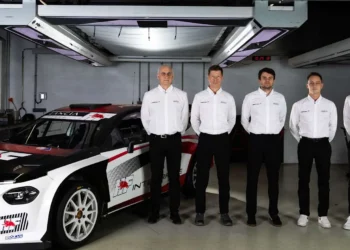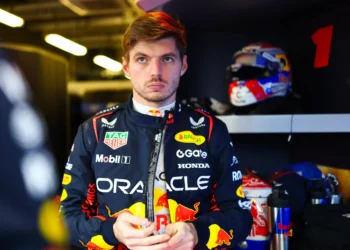Mercedes in Disarray After Astonishing Singapore GP Upset: What Went Wrong?
In the electrifying world of Formula 1, the recent Singapore Grand Prix has sent shockwaves through the paddock, leaving Mercedes scrambling for answers. Team principal Toto Wolff described the current breed of F1 cars as a “surprise box,” a notion that certainly rings true following George Russell’s unexpected triumph on one of the hottest tracks of the season. With this victory, Russell not only secured his second win of the year but also highlighted Mercedes’ unpredictable trajectory in the highly competitive ground-effect era.
The Singapore circuit, notorious for its complexity, served as an unlikely backdrop for Mercedes to showcase their prowess. Russell, who started the race from pole position, managed to fend off the relentless Max Verstappen and a resurgent Lando Norris, securing victory against all odds. In a candid post-race interview, Russell admitted, “If I were to make a list of all the races I thought we could win at this year, this would probably be right at the bottom.” This statement underscores the sheer unpredictability that has characterized the 2025 F1 season.
So, what fueled this surprising success for Mercedes? The team’s performance caught even Wolff off guard, as he remarked, “That was never a nice place for us in terms of car performance. And if you would have told me that we were dominating in the way we did today, I would not have believed it.” Indeed, it appears that the stars aligned for Mercedes on this occasion, but the question remains: can they replicate this success moving forward?
While the Singapore Grand Prix saw Russell emerge victorious, the circumstances surrounding the race played a significant role. Russell’s decision to maintain his lead on medium tires while Verstappen raced on softer compounds proved crucial. As Verstappen’s performance dwindled, Russell kept Norris at bay, demonstrating an impressive control over his car and the race’s dynamics.
Adding to the intrigue, the warm yet manageable track temperatures hovered around 33 to 34 degrees during the nighttime race, providing a favorable environment for Mercedes’ W16 car. Additionally, the circuit’s unique layout, which lacks fast, sweeping corners, meant that the tires faced less lateral load—a factor that has previously hampered Mercedes on more demanding tracks.
However, it wasn’t just Mercedes that faced challenges. Rivals like Red Bull and McLaren struggled to find their footing, with Red Bull’s performance falling short of expectations on a circuit that hasn’t historically favored them. Meanwhile, Ferrari’s dismal showing indicated a deeper crisis, as they appear to be drifting away from contention for race wins altogether.
Wolff’s insights shed light on the broader uncertainties affecting all teams in this era of ultra-sensitive cars. He noted, “These cars are just a surprise box,” emphasizing the razor-thin margins that define success in F1—mastering aerodynamics, maximizing mechanical grip, and navigating the idiosyncrasies of Pirelli tires are more challenging than ever. “It doesn’t always correlate what you see in the virtual world, in the simulations, to what happens on the track,” he added, underlining the complexities that teams grapple with.
As Mercedes revels in this unexpected victory, they must confront the reality that consistency remains elusive in this cutthroat environment. The Singapore Grand Prix may have been a dazzling highlight, but the path ahead is fraught with uncertainty. Will they be able to harness this momentum, or will they revert to their previous struggles? As they prepare for the next race, the pressure is on for Mercedes to decode the enigma of their success and ensure they remain a formidable force in Formula 1.










